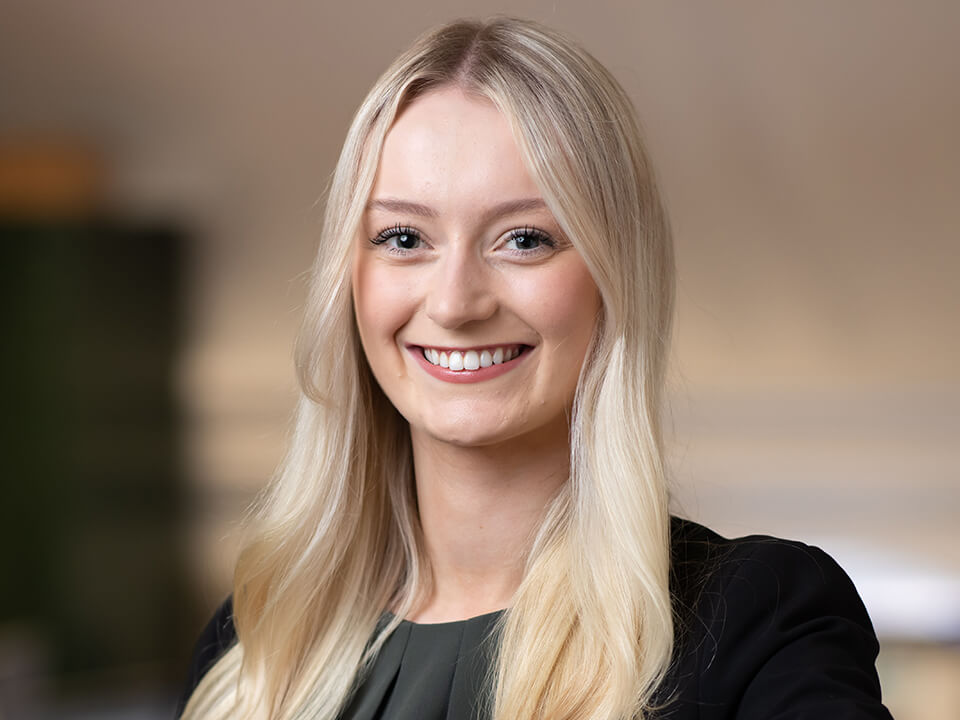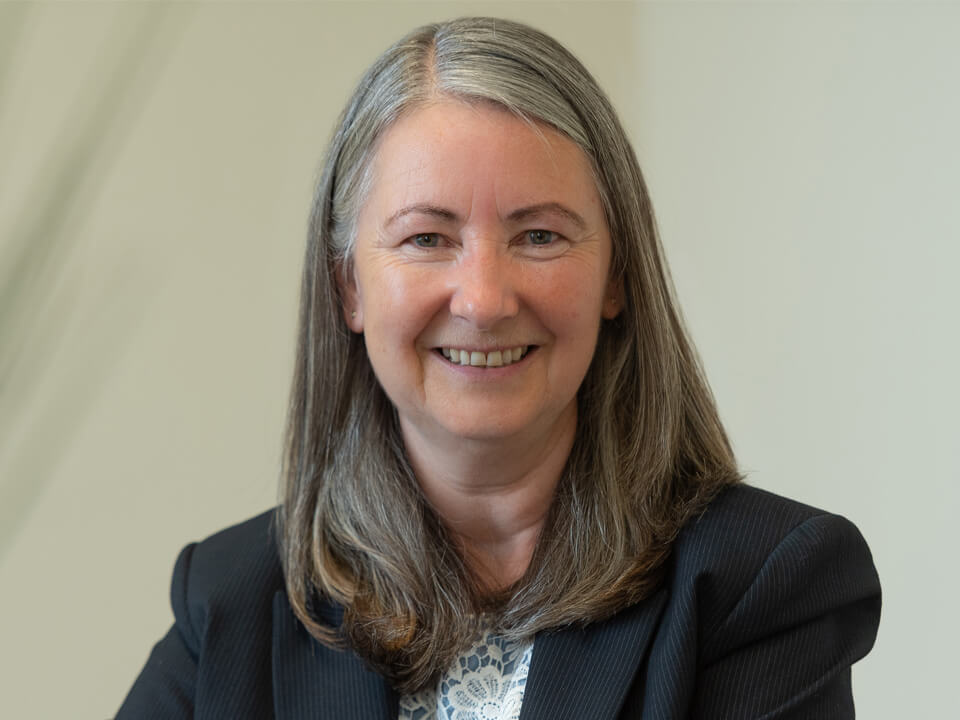Key steps to maximise your allowances before the end of the tax year
The tax year will be coming to an end on 5th April. With that deadline in mind, we wanted to remind our clients of all the allowances available to you during the tax year. It’s important to make sure you’re maximising your allowance in all areas so that you mitigate the impact of tax. Listed below are a few allowances you should be considering:
ISA Allowance
With a cash ISA or a stocks and shares ISA (or a combination of the two), you can save or invest up to £20,000 each year per person, meaning that a married couple can invest up to £40,000 between the two of them.
Top up your pension contributions
You should make sure you check your pension contributions at least once per tax year as they can be a great way to manage your tax liabilities. For the high earners among you, however, it’s important to keep the lifetime pension allowance in mind. The current lifetime allowance is set at £1,055,000. Remember that contributions causing you to exceed the allowance are taxable.
For those of you who aren’t nearing the limit, upping your pension contributions can be an effective way to mitigate the impact of tax. If you haven’t managed to make full use of your £40,000 annual allowance, you can carry it forward for up to three years.
Inheritance Tax
The current tax-free threshold is set at £325,000 for single individuals and £650,000 for married couples. Anything over this amount will be taxed. Inheritance tax is where a little bit of planning can pay dividends in the future. This might be by making full use of your annual gift allowance of £3,000 (£6,000 for married couples), putting assets into trust or re-writing your will.
A new IHT Residence Nil Rate Band (RNRB) was introduced in April 2017. It is in addition to an individual’s own nil rate band of £325,000, and conditional on the main residence being passed down to direct descendants (e.g. children, grandchildren). It is being phased in over 4 years and the full £175,000 allowance will be available from April 2020. The Residence Nil Rate Band will be transferable between spouses and civil partners on death, much like the standard nil rate band. It is the unused percentage of the RNRB from the estate of the first to die which can be claimed on the second death.
Capital Gains Tax
Capital gains tax is a tax on the profits you make when you sell something, such as a second home or a personal possession worth £6,000 or more, except for your car. The tax-free allowance for the 2019/20 tax year is £12,000 per person so couples can pay no tax on a total of £24,000 of gains. Remember that genuine gifts from a spouse or civil partner do not count towards the allowance.
Boost your children’s savings
The Junior ISA limit is set at £4,368 for this tax year. Why not take the time to give your children’s savings a boost by making sure they’re at the limit? You may even want to contribute to your grown up children’s Lifetime ISA if they have one, and the government will provide a bonus of 25% of the money invested, up to £1,000 per year.
Your dividend allowance
If you receive dividends through a Stocks and Shares ISA or you’re a company shareholder or director, you can currently receive £2,000 worth of dividends tax free.
For more information on how to make sure you’re maximising your tax allowances, feel free to contact us.
Subscribe to our newsletterPlease note that the information and opinions contained in this article are not intended to be comprehensive, nor to provide legal advice. No responsibility for its accuracy or correctness is assumed by Pearson Solicitors and Financial Advisers Ltd or any of its members or employees. Professional legal advice should be obtained before taking, or refraining from taking, any action as a result of this article.
This blog was posted some time ago and its contents may now be out of date. For the latest legal position relating to these issues, get in touch with the author - or make an enquiry now.





